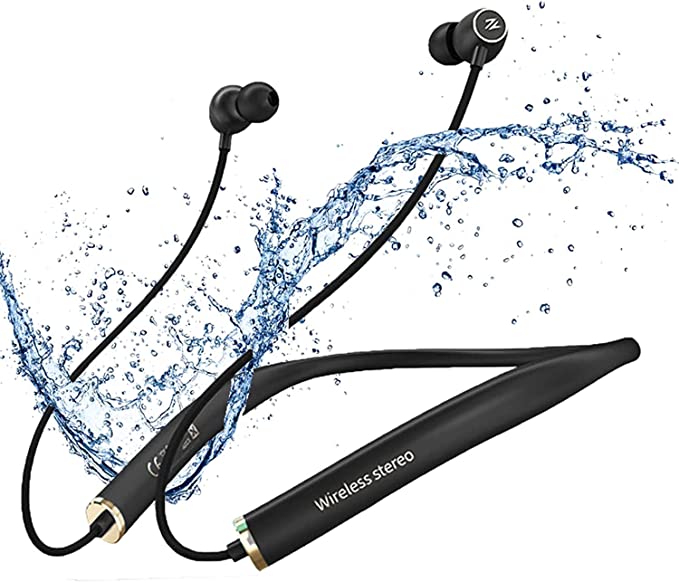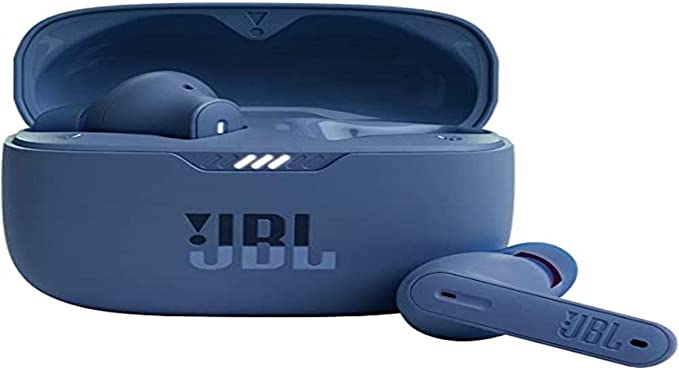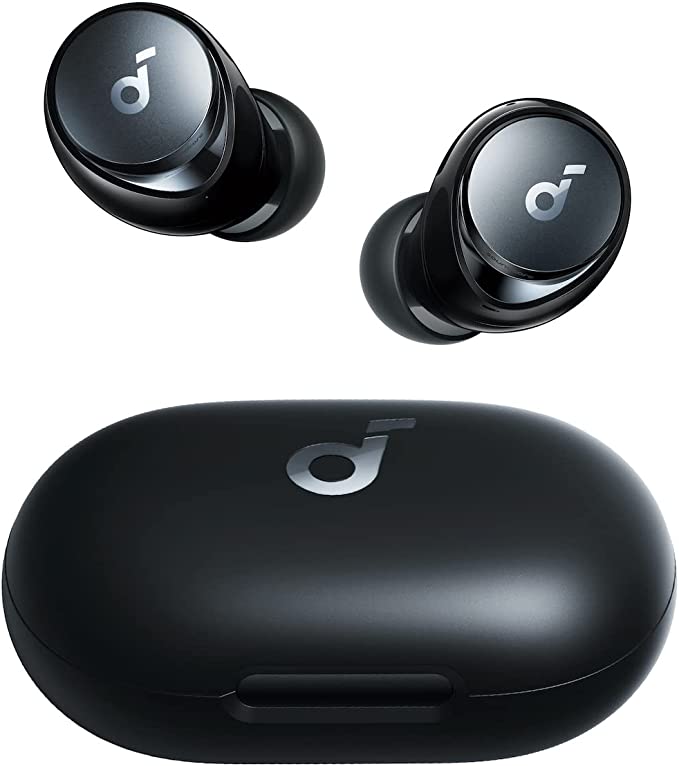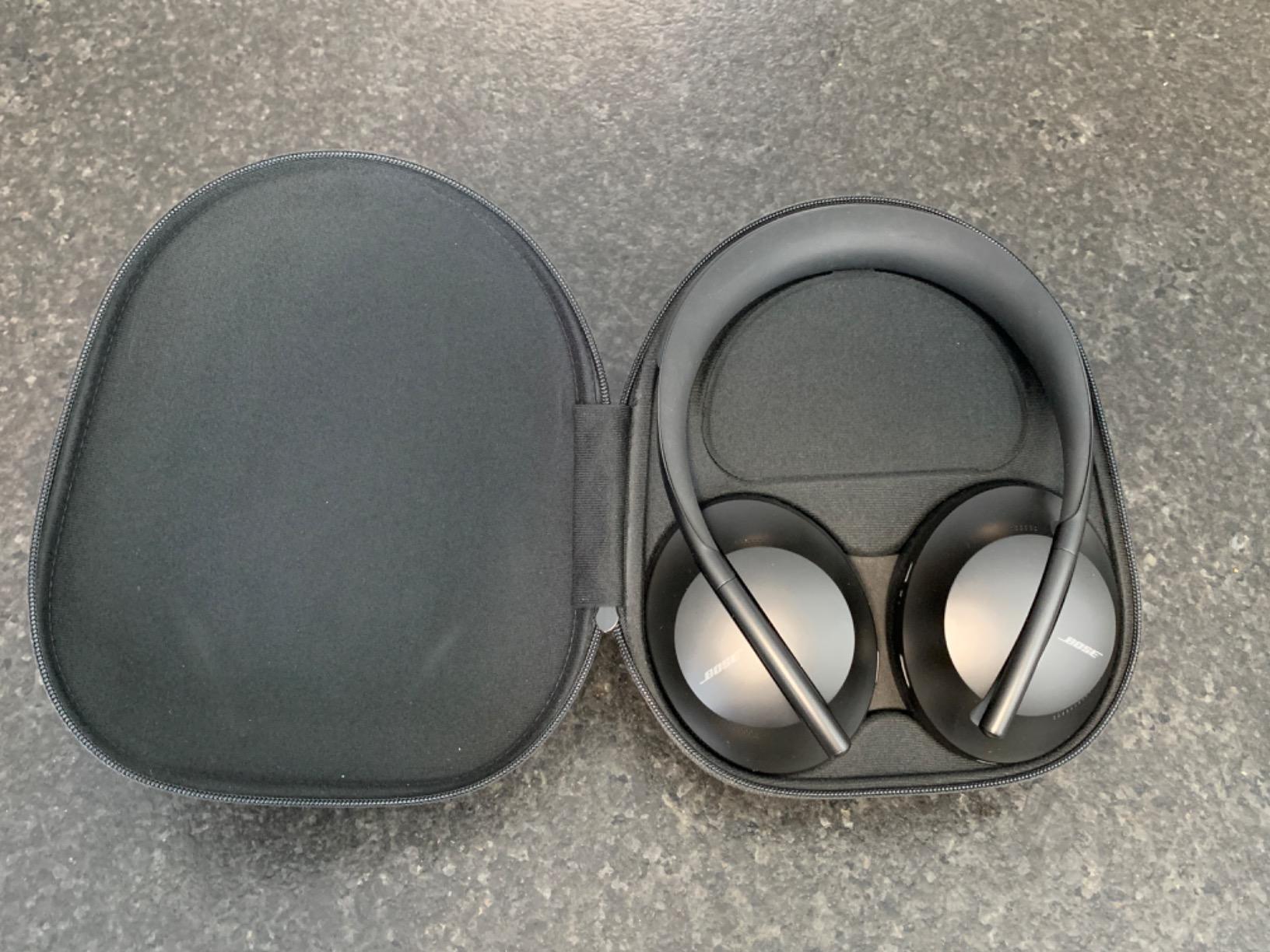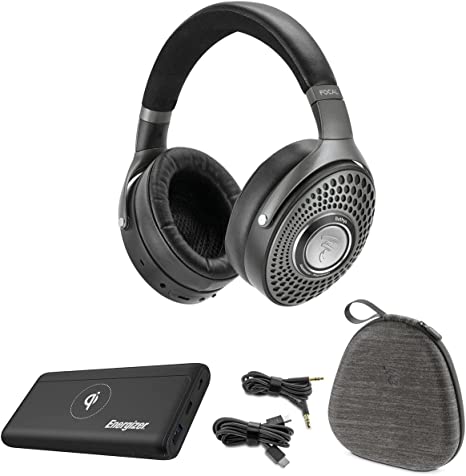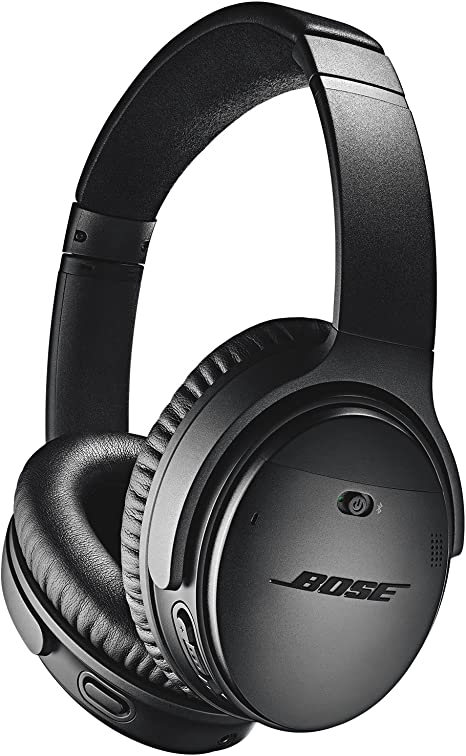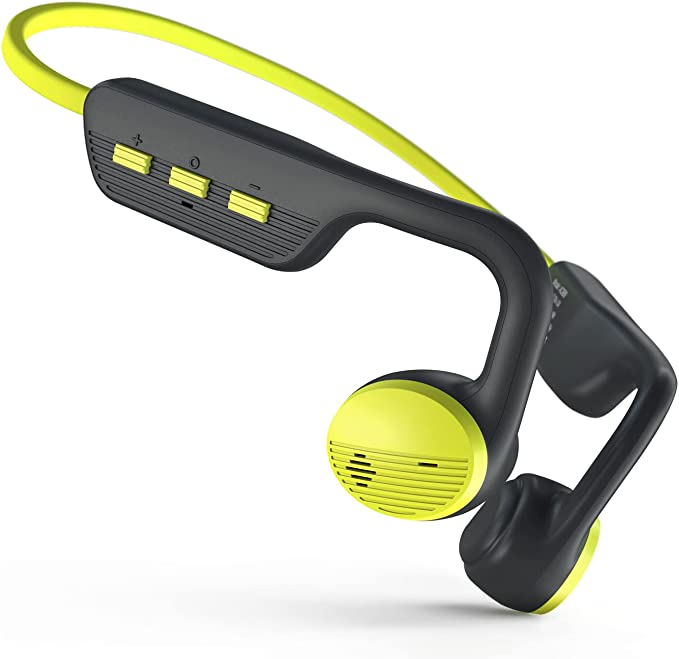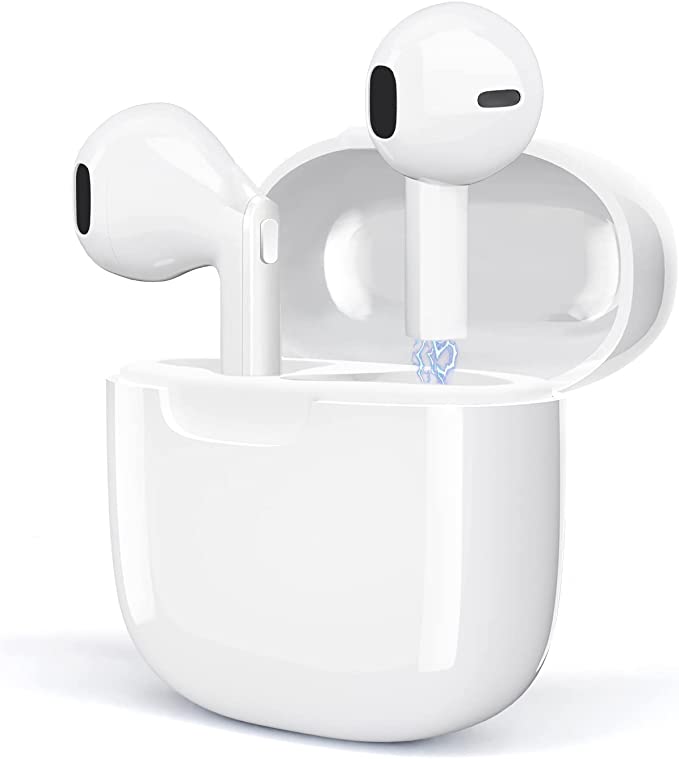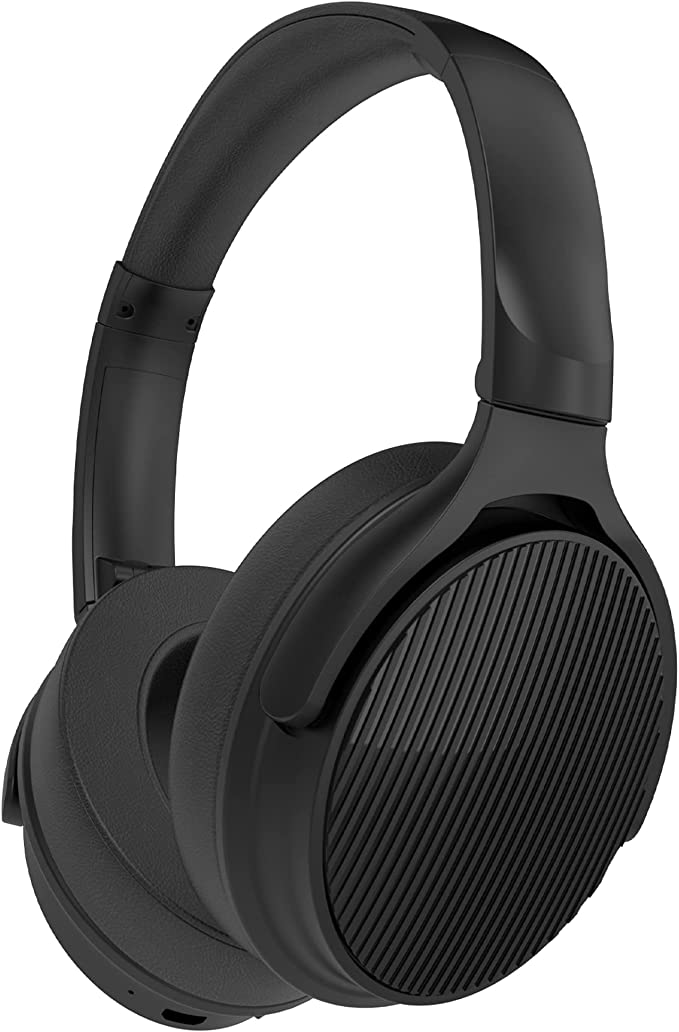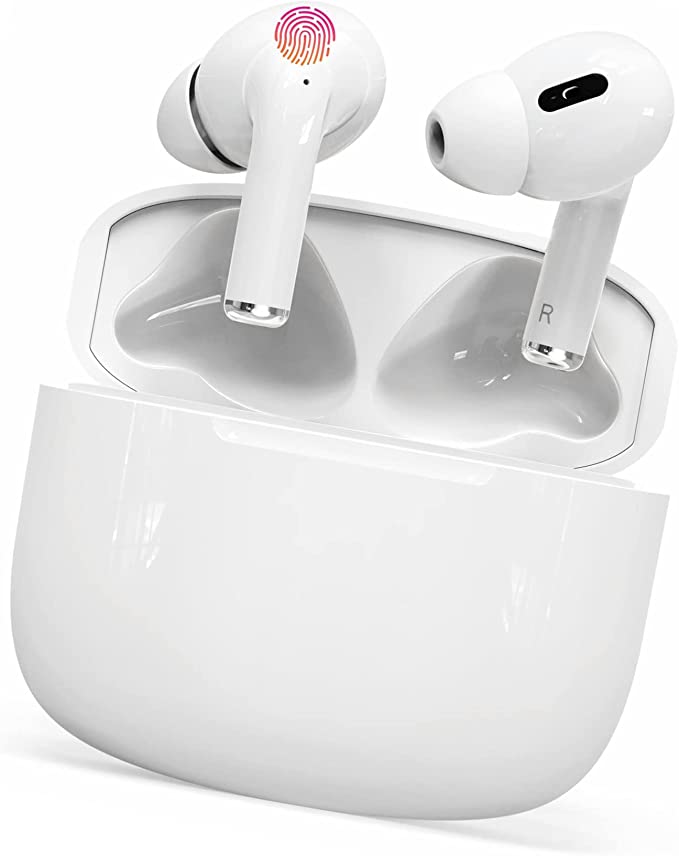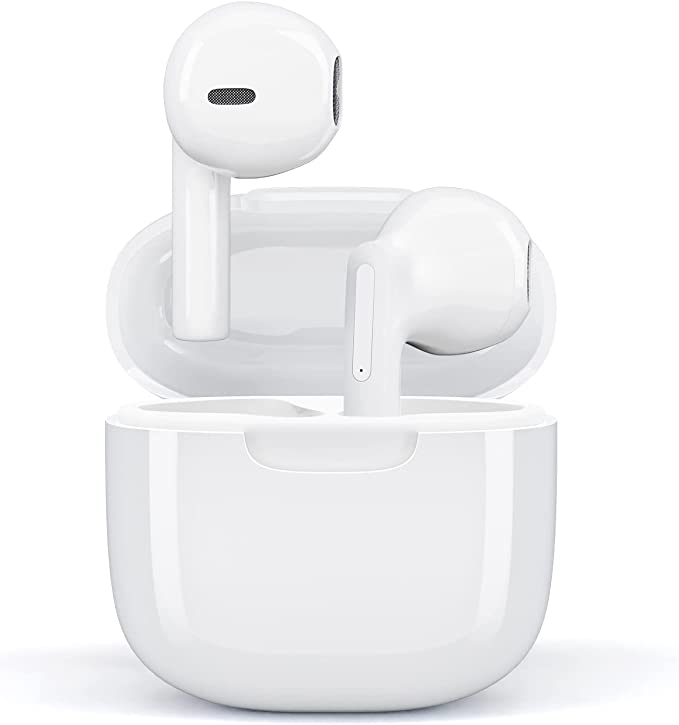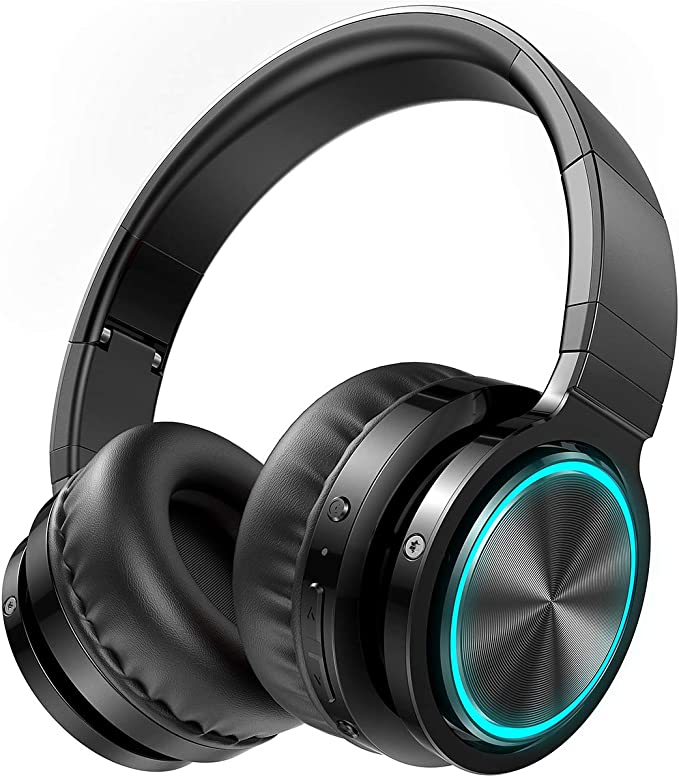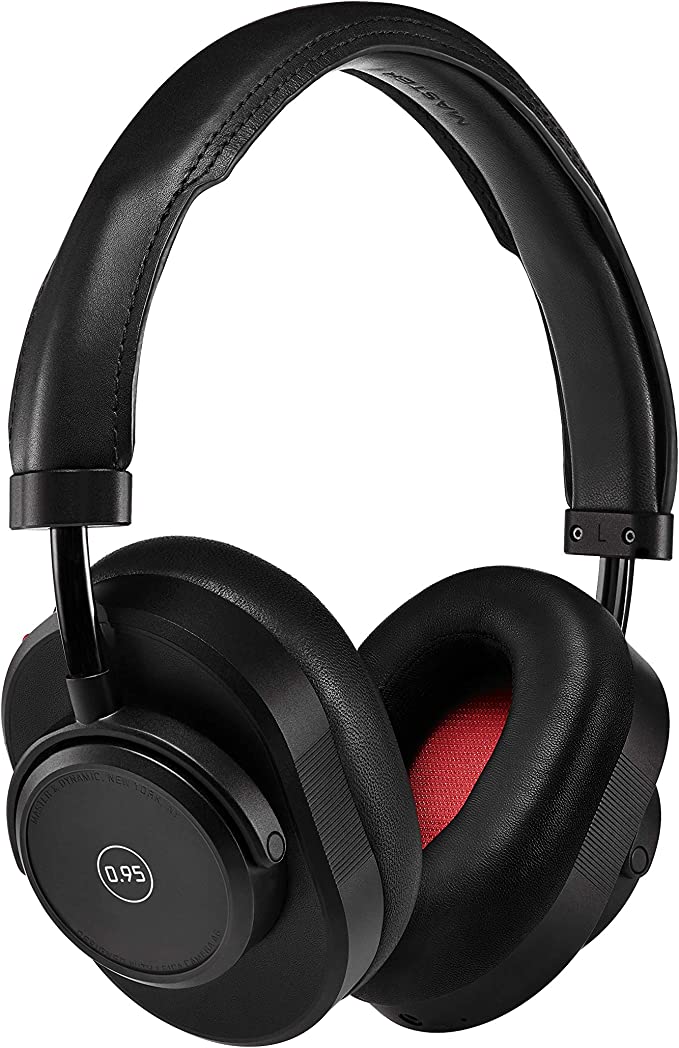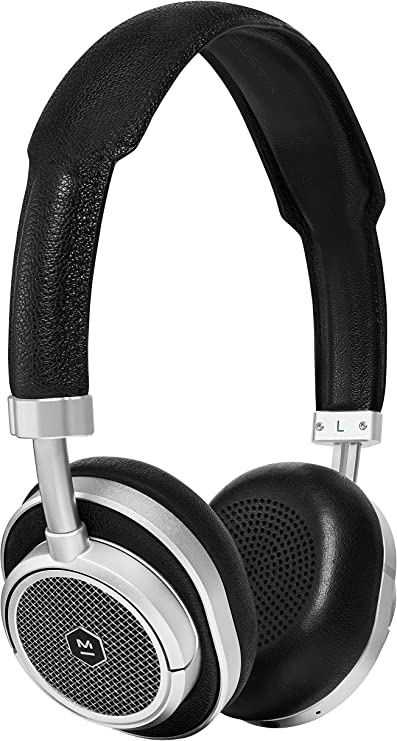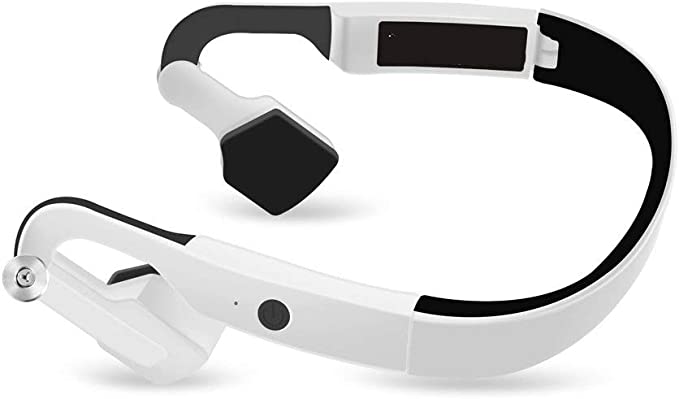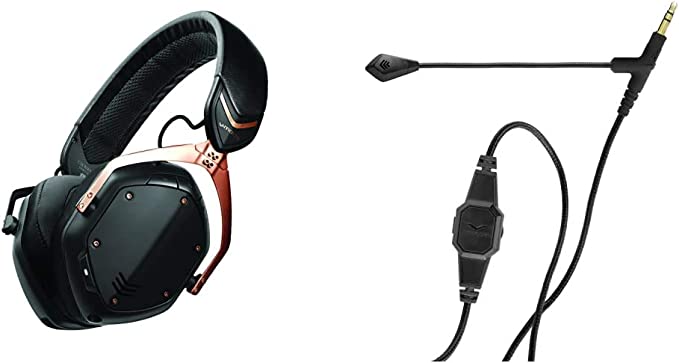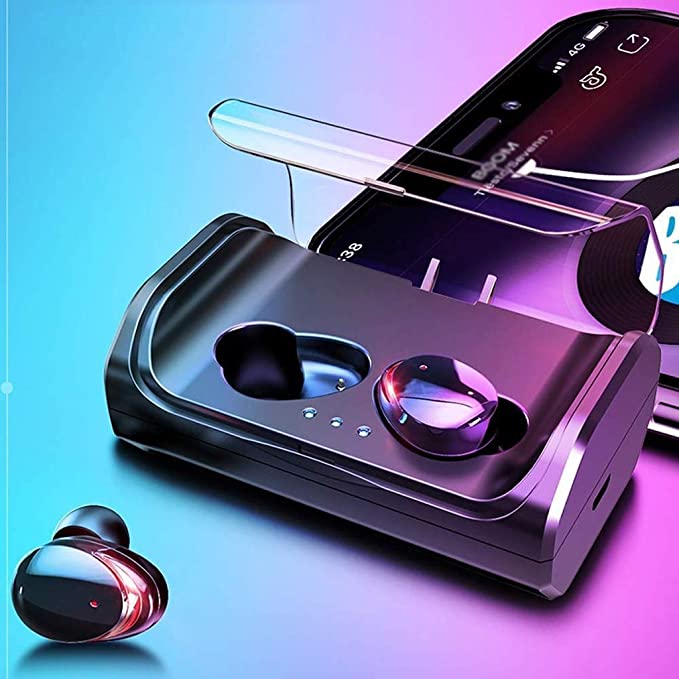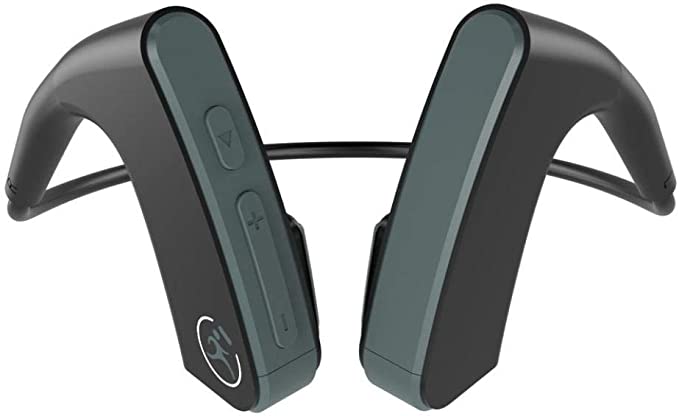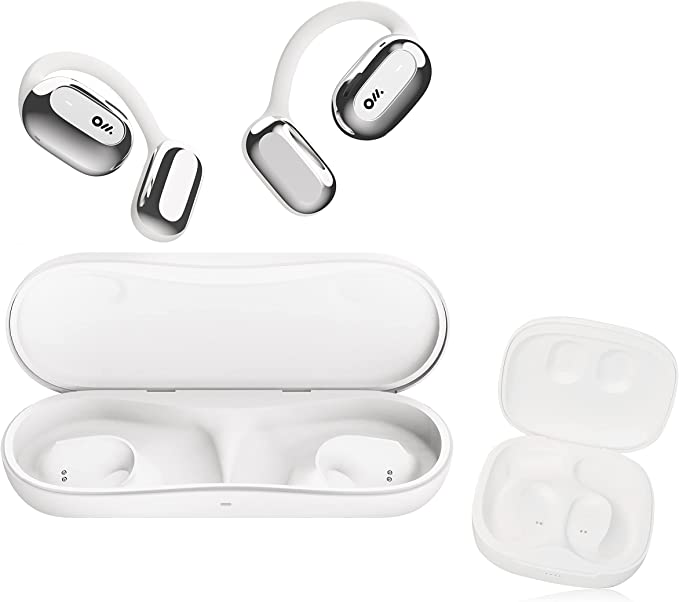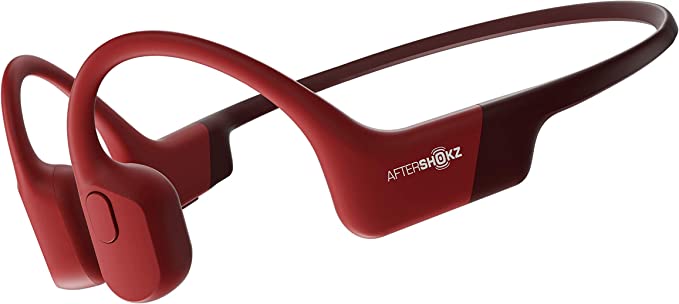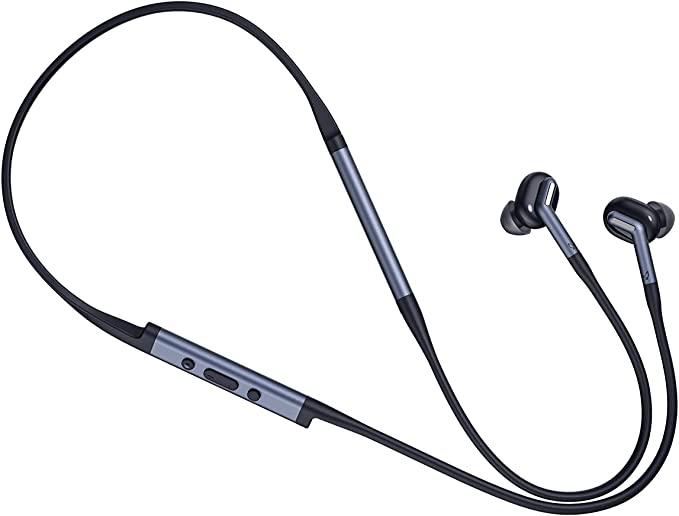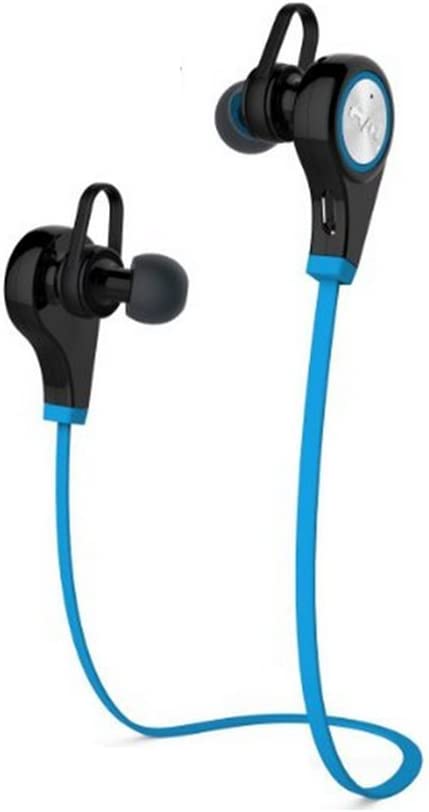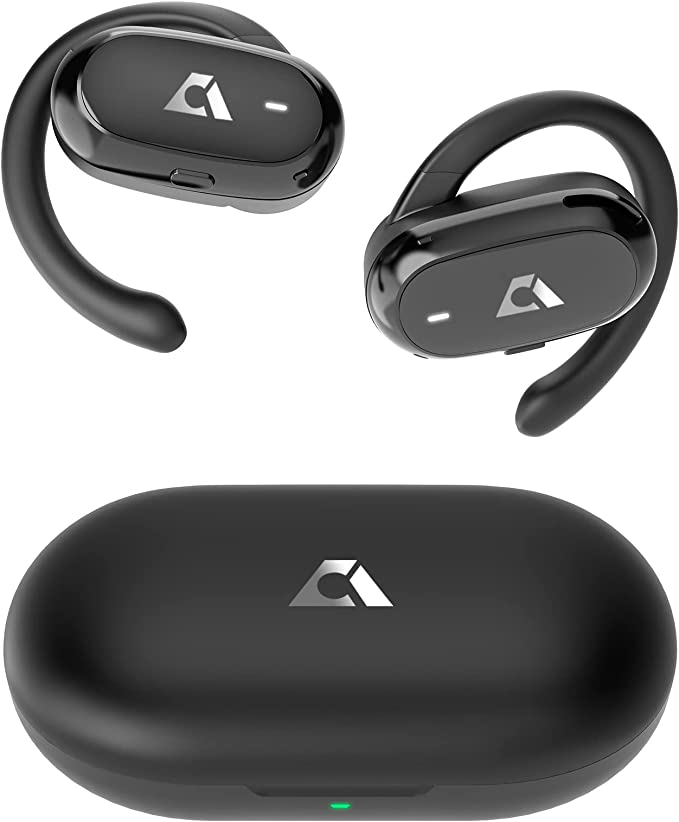Soundcore Space One: Mastering the Art of Silence and Sound
Update on Feb. 17, 2025, 1:28 p.m.
The city that never sleeps can also be the city that never lets you think. For Alex, a freelance writer living in the heart of New York City, the constant barrage of urban noise was a formidable foe. The relentless honking of taxis, the incessant chatter of crowds, the rhythmic rumble of construction – it was a symphony of distraction that made focusing on his work a near-impossible task. He longed for an escape, a way to carve out a pocket of tranquility amidst the chaos. He needed more than just headphones; he needed a sonic sanctuary.

The Science of Silence: What is ANC?
Alex’s quest for quiet led him to the fascinating world of Active Noise Cancellation (ANC). But how does this seemingly magical technology work? It all boils down to a fundamental principle of physics: destructive interference.
Sound travels in waves, much like ripples spreading across a pond. ANC technology cleverly exploits this wave-like nature. Imagine dropping a pebble into that pond. Now, imagine dropping a second pebble in such a way that its ripples perfectly invert the ripples from the first pebble – the crests of one wave align with the troughs of the other. The result? The waves cancel each other out, leaving a calm surface.
This is precisely what ANC does with sound. Tiny microphones built into the headphones “listen” to the surrounding noise. A sophisticated processor then analyzes this noise and generates an “anti-noise” sound wave – a mirror image of the incoming sound. When these two waves meet, they effectively neutralize each other, significantly reducing the perceived noise. It’s not about simply blocking sound; it’s about actively erasing it.

Beyond Basic Blocking: Adaptive ANC
The Anker Soundcore Space One headphones don’t just offer basic noise cancellation; they take it a step further with adaptive ANC. Think of it as a smart noise-canceling system. Instead of applying a uniform level of reduction, the Space One’s technology constantly monitors the surrounding environment and adjusts the intensity of the noise cancellation accordingly.
Imagine Alex stepping from a relatively quiet coffee shop onto a bustling city street. The Space One’s microphones would instantly detect the increase in ambient noise, and the processor would seamlessly ramp up the noise cancellation to compensate. This adaptability ensures optimal performance in a variety of situations, without creating an uncomfortable “pressure” feeling in the ears that some older ANC systems can cause. There are, broadly speaking, three main types of ANC implementations.
- Feedforward ANC: Uses external microphones to capture noise before it reaches the ear. This is effective for predictable, constant noises like the hum of an airplane engine.
- Feedback ANC: Uses internal microphones, placed inside the earcup, to monitor the sound that actually reaches the ear. This is better at handling unpredictable noises and variations in how the headphones fit.
- Hybrid ANC: The Space One utilizes a hybrid approach. It Combines both feedforward and feedback microphones, offering the best of both worlds: superior noise cancellation across a wider range of frequencies and situations.

Decoding the Details: 2X Voice Reduction
One of the standout features of the Soundcore Space One is its enhanced voice reduction, claiming to be twice as effective as Soundcore’s previous Life Q30 model. This is particularly relevant for anyone who, like Alex, works in shared spaces or commutes on crowded public transport.
Human voices tend to occupy the mid to high-frequency range of the sound spectrum. The Space One’s improved noise-canceling structure is specifically engineered to target these frequencies more effectively. This means that while the drone of a bus engine might be significantly reduced by many ANC headphones, the Space One goes further in attenuating the distracting chatter of nearby conversations, allowing for greater focus and concentration.

A Symphony of Sound: Hi-Res Audio Explained
But what about when Alex wants to hear sound – specifically, his favorite music? Noise cancellation is only half the equation. The other half is delivering a high-fidelity listening experience. This is where Hi-Res Audio comes into play.
Hi-Res Audio refers to audio files that surpass the quality of standard CD audio (16-bit/44.1kHz). These files have a higher sampling rate and bit depth. Let’s break those terms down:
- Sampling Rate: This refers to how many times per second the original analog sound wave is “sampled” or measured during the digital recording process. A higher sampling rate captures more snapshots of the sound wave, resulting in a more accurate representation. It is measured in Hertz (Hz) or Kilohertz (kHz).
- Bit Depth: This determines the dynamic range of the sound, or the difference between the quietest and loudest sounds that can be recorded. A higher bit depth provides more gradations between these extremes, resulting in a richer, more detailed sound.
Think of it like comparing a low-resolution photograph to a high-resolution one. The high-resolution image contains more pixels, capturing finer details and smoother transitions between colors. Similarly, Hi-Res Audio files contain more data, capturing more of the nuances and subtleties of the original recording.

The LDAC Advantage: Lossless Wireless Listening
The Soundcore Space One supports Hi-Res Audio wirelessly thanks to the LDAC codec. A codec (short for coder-decoder) is a technology that encodes and decodes digital audio data. When you stream music via Bluetooth, the codec used is crucial for maintaining audio quality. Standard Bluetooth codecs, like SBC (Subband Coding), often compress the audio significantly, sacrificing some detail and clarity to ensure a stable wireless connection. This compression can be noticeable, especially with high-quality audio sources.
LDAC, developed by Sony, takes a different approach. It’s a much more sophisticated codec capable of transmitting up to three times more data than SBC (up to 990kbps compared to SBC’s maximum of around 328kbps). This significantly higher bitrate allows LDAC to preserve much more of the original audio information, even with Hi-Res Audio files.
The technical magic of LDAC lies in its efficient encoding algorithm and its ability to adapt to the available bandwidth. If the Bluetooth connection is strong and stable, LDAC can transmit at its highest bitrate, delivering near-lossless audio quality. If the connection is weaker, it can dynamically adjust the bitrate to maintain a stable connection, prioritizing stability over absolute fidelity, but still offering better quality than standard codecs. Essentially, it maximizes data.
More Than Just Music: Comfort and Convenience
The Soundcore Space One headphones aren’t just about exceptional noise cancellation and high-fidelity sound; they’re also designed for comfort and ease of use. The over-ear design, with its 8° rotating ear cups and soft, integrated headband, ensures a comfortable fit for extended listening sessions. This is crucial for someone like Alex, who might wear his headphones for hours at a time while working. The lightweight design (just 9.12 ounces) further enhances comfort, minimizing fatigue.
Beyond comfort, the Space One offers several convenient features:
- Wearing Detection: The headphones intelligently detect when you take them off and automatically pause the music. When you put them back on, playback resumes. This is a small but incredibly useful feature that saves battery life and ensures you don’t miss a beat.
- Long Battery Life: With up to 40 hours of playtime with ANC enabled and a staggering 55 hours with ANC off, the Space One can easily handle even the longest flights or workdays. This eliminates the constant worry of running out of power.
- Multipoint Connection: Can pair with two devices at the same time.
- Retractable Cable: The Space One features a unique, retractable cable design. Although the provided documentation doesn’t fully elaborate on its mechanism, it functions as a safeguard. If the headphones are ever low on charge, the 3.5mm aux input allows for uninterrupted listening. The cable neatly tucks away inside the earcup when not in use, eliminating dangling wires and maintaining a sleek, minimalist aesthetic.
- Soundcore App: The companion app provides further customization options. Users can fine-tune the sound with a customizable EQ, choosing from preset profiles or creating their own. They can also adjust the level of noise cancellation, switch between different modes (Normal, Transparency, Noise Cancellation), and update the headphones’ firmware.
Putting it to the Test: Alex’s Experience
With his new Soundcore Space One headphones, Alex’s world transformed. The cacophony of his morning commute faded into a manageable background hum. He could finally hear the subtle nuances of his favorite podcasts and audiobooks without straining to decipher words over the rumble of the subway.
In his open-plan office, the constant chatter of colleagues, once a major source of distraction, became a muted murmur. The Space One’s enhanced voice reduction allowed him to focus on his writing, boosting his productivity and reducing his stress levels.
During a recent cross-country flight, the Space One proved its worth. The drone of the airplane engines, typically a major source of fatigue, virtually disappeared. He was able to relax and enjoy his music in pristine clarity, arriving at his destination feeling refreshed and energized.
Even at home, the Space One helped Alex create a peaceful sanctuary. He could escape into his music, losing himself in the rich detail and immersive soundstage, free from the distractions of city life. He particularly appreciated the Transparency mode, which allowed him to hear important ambient sounds, like doorbells or phone calls, without having to remove his headphones.
Hear the Difference: Sound Quality beyond the Marketing
While “Hi-Res Audio” and “LDAC” are impressive terms, what truly matters is how the headphones sound. The Space One’s 40mm customized dynamic drivers deliver a balanced and detailed sound signature.
Frequency Response: The Space one has a satisfying frequency response that can more than cover the human ear’s audible range (20hz - 20Khz)
THD (Total Harmonic Distortion): Is low on these headphones. This means less signal alteration and distortion.
The bass is powerful and well-defined, without being overwhelming. The midrange, where vocals and most instruments reside, is clear and present. The highs are crisp and detailed, without being harsh or sibilant. The overall sound is engaging and enjoyable, suitable for a wide range of musical genres.
Sound and Well-being: The Broader Benefits
The benefits of the Soundcore Space One extend beyond simply providing a better listening experience. By reducing exposure to loud noise, these headphones can contribute to long-term hearing health. Prolonged exposure to high noise levels can damage the delicate hair cells in the inner ear, leading to irreversible hearing loss. ANC headphones can help mitigate this risk by creating a quieter listening environment.
Moreover, the ability to reduce distractions has a significant impact on focus and concentration. In today’s hyper-connected world, it’s becoming increasingly difficult to find quiet time to focus on tasks that require deep thought. The Space One headphones provide a valuable tool for creating a more productive and less stressful work environment. The ability to create a calm and focused atmosphere can also have a positive impact on mood and overall well-being.
The Sound of the Future
The Anker Soundcore Space One headphones represent a significant step forward in the evolution of audio technology. They combine cutting-edge noise cancellation with high-fidelity sound, delivering a truly immersive and enjoyable listening experience. But the evolution doesn’t stop here. Researchers and engineers are constantly working to improve ANC algorithms, develop even more efficient audio codecs, and create headphones that are even more comfortable and user-friendly. We can expect to see further advancements in areas like personalized audio, where headphones adapt to individual hearing profiles, and the integration of AI to further enhance noise cancellation and sound quality.
The Space One is a testament to how far audio technology has come, and a glimpse into the exciting possibilities that lie ahead. They offer a compelling blend of performance, comfort, and value, making them a worthy investment for anyone seeking to escape the noise and immerse themselves in the world of sound.
